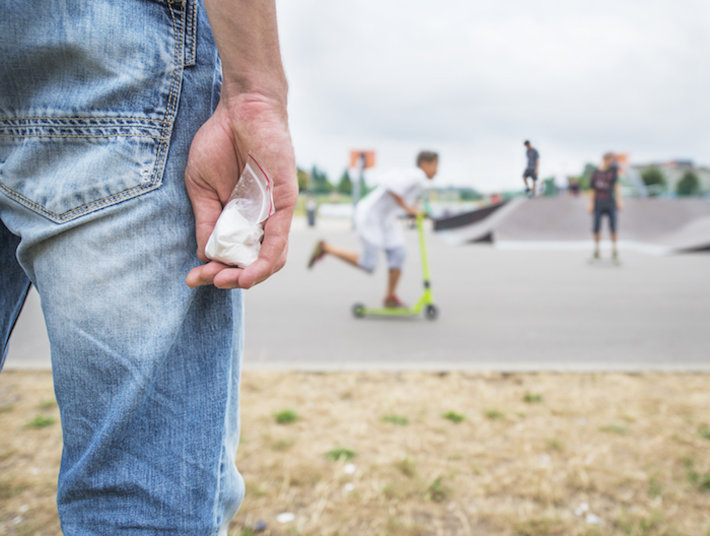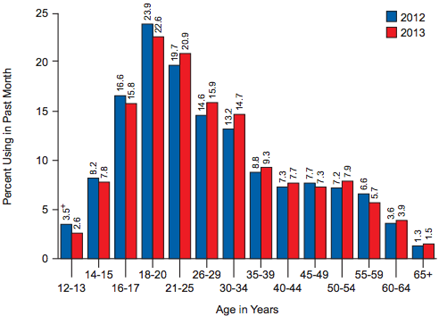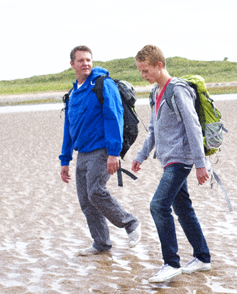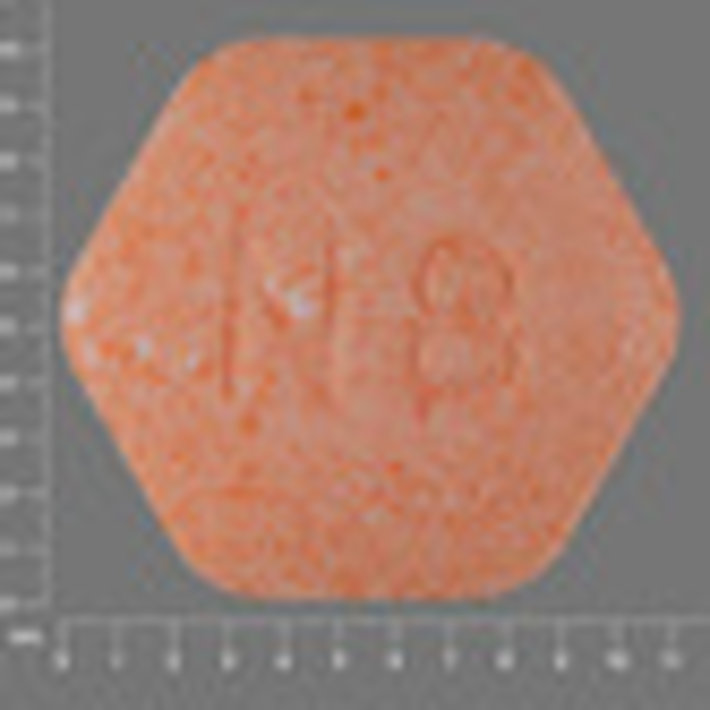Urgent Call to Action for All Parents: More Drug Prevention Needed

It’s never been more vital for parents to prepare children for the drug-filled environments they’re growing up in. It’s not just a matter of drugs being available – the drugs on the market have never been more deadly. Whether or not your children’s schools have a drug prevention program, the more parents get involved in educating their children on the life-threatening dangers of drug abuse, the safer those children will be.
Two facts provide convincing evidence of how vital this preparation is.

- This chart from the Substance Abuse and Mental Health Services Administration reveals the peak ages for substance abuse—16 through 25. It’s readily apparent that our youth are not being prepared to make the right judgments. Without an education in the dangers of drugs and how they can derail all your dreams, a young person can easily decide to join his (or her) friends in some weed, alcohol or even heroin.
- Drugs on the market are vastly more dangerous than in years past. A prime example is the recent arrival of illicitly-manufactured fentanyl. Fentanyl is 50 to 100 times stronger than morphine, 10 to 20 times stronger than heroin. It was originally a pharmaceutical drug but now, it’s being manufactured on the illicit market and it’s driving drug overdose deaths to higher levels. In New York City alone, more than 1,000 overdose deaths are expected this year, the highest on record. Nearly half of those deaths will be due to fentanyl. A person who knows his tolerance to the heroin he usually buys can easily overdose if that bag now contains fentanyl. Fentanyl also shows up in illicitly-produced pills masquerading as oxycodone or hydrocodone.
Why Parents MUST Worry about a “Little Pot” or Underage Drinking
Parents may not worry if their children drink or smoke a little pot. But they should. Scientists may not be able to prove that marijuana or alcohol use directly causes people to progress to the use of more damaging and addictive drugs. But those people who eventually use heroin, cocaine, Ecstasy, methamphetamine or other drugs normally start with something less hefty. The most usual choices are tobacco, alcohol and marijuana. Some young people also start with prescription drugs.
Here’s how easy it is to shift from one drug to another that could more quickly ruin one’s life:
- When drug abuse or underage drinking starts, a line has been crossed. It’s so much easier to reach for the next drug.
- Drug users and drinkers soon begin to hang out with other drug users/drinkers. After all, if he hangs out with those who don’t use drugs, there’s likely to be disagreement or criticism.
- Once in an environment where most are using drugs or drinking, there will be a variety of drugs in circulation. They'll be offered or maybe the individual is looking for a new high that’s better than the one he is used to.
These Stories Show How Easy this Progression Is
The ease of this progression is illustrated in these three statements from individuals who became addicted, then achieved sobriety on the Narconon drug and alcohol rehab program.
“Once I was smoking pot, I was around people who were doing other drugs so it made it easier to just do those other drugs. I was like, well, these people are doing it and they seem fine. So I did it.”
“I would choose to surround myself with people that I knew were doing other drugs, were going out and partying and not worrying about classes and not worrying about how things were going with their boyfriend. They were just having fun. I would surround myself with those people so I could do whatever drugs they were doing. Hopefully feel how they were feeling. And it progressed from there to an addiction.”
“I was a freshman in high school, I was out partying and drinking and somebody had weed there. So I smoked it, my decisions weren't the best, I was a little drunk. And then a couple of days later my buddy was like hey, you want to smoke again? I was like, sure, I guess. I'd done it before.”
What’s a Parent to Do?
First, educate yourself. Know more than your kids know about the drugs they will be offered. Narconon has extensive resources for parents to gain this knowledge.
Make sure you learn about these points especially:
The greatly increased potency of today’s marijuana and the health risks of chronic use.
Fentanyl and related drugs on the market.
Ecstasy and party drugs – substances that can kill the first time you use them.
What inhalants can be found around the house and how they kill by suffocation.
Physical and Mental Effects of Heroin.
Prescription drugs and why they are just as deadly as street drugs.
The damaging physical, mental and emotional effects of alcohol.

Then schedule time for focused, honest talks with your children. You need to give them a good grasp of the true, unexaggerated dangers. Only when they have a thorough understanding of the harm can they make their own decisions to say no when they are offered these substances.
And you must start early, adapting the content of the conversation to your children’s ages. Most children see drugs used or are offered them by the time they are 11 or 12 years old. Fourth-grade students have been found with marijuana products or pills on school grounds.
Your children’s school may or may not have an adequate drug prevention program. Even if they do, nothing compares to messages heard from a caring parent who is there, day and night, setting an example for a child.


 ®
®